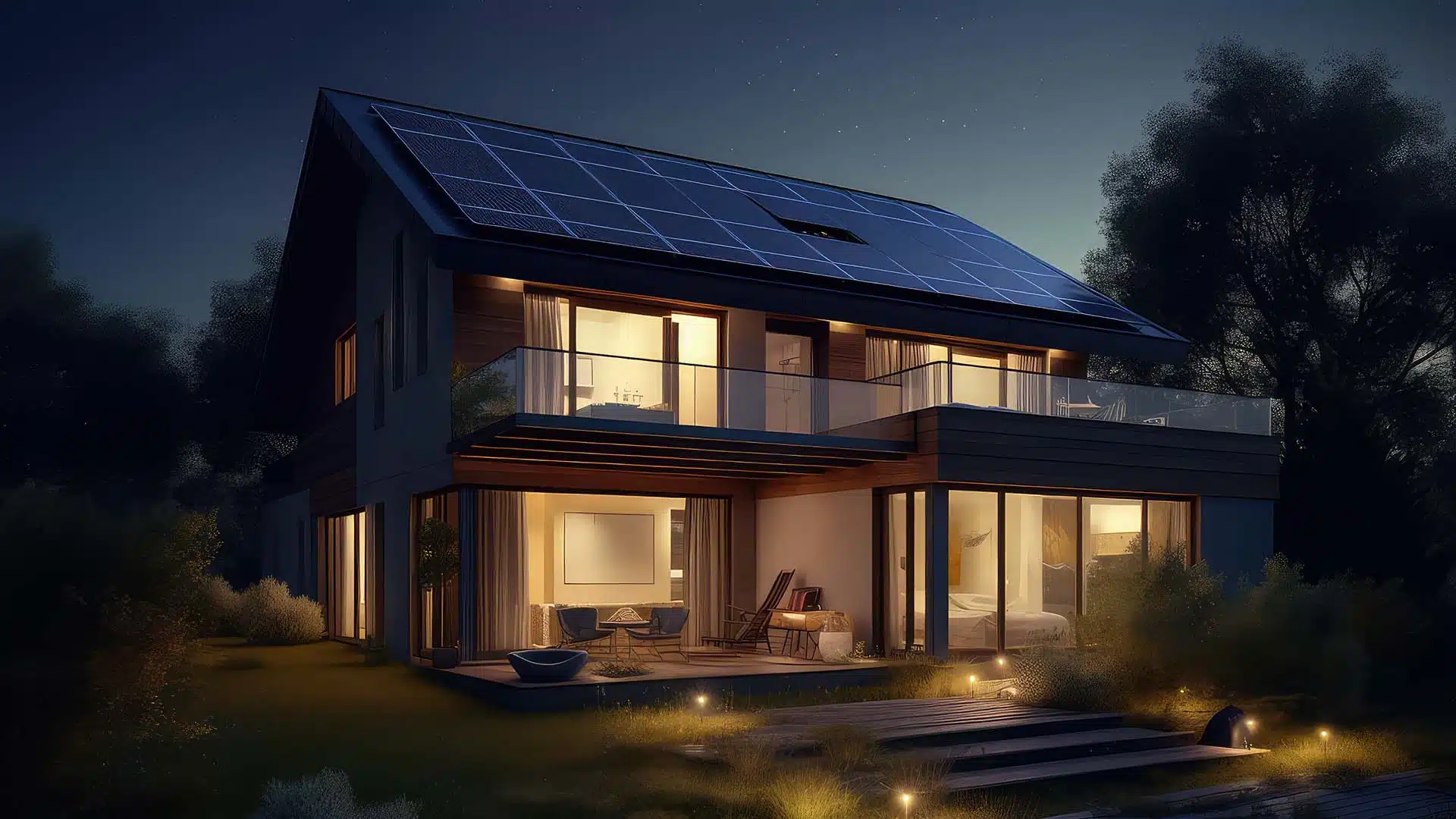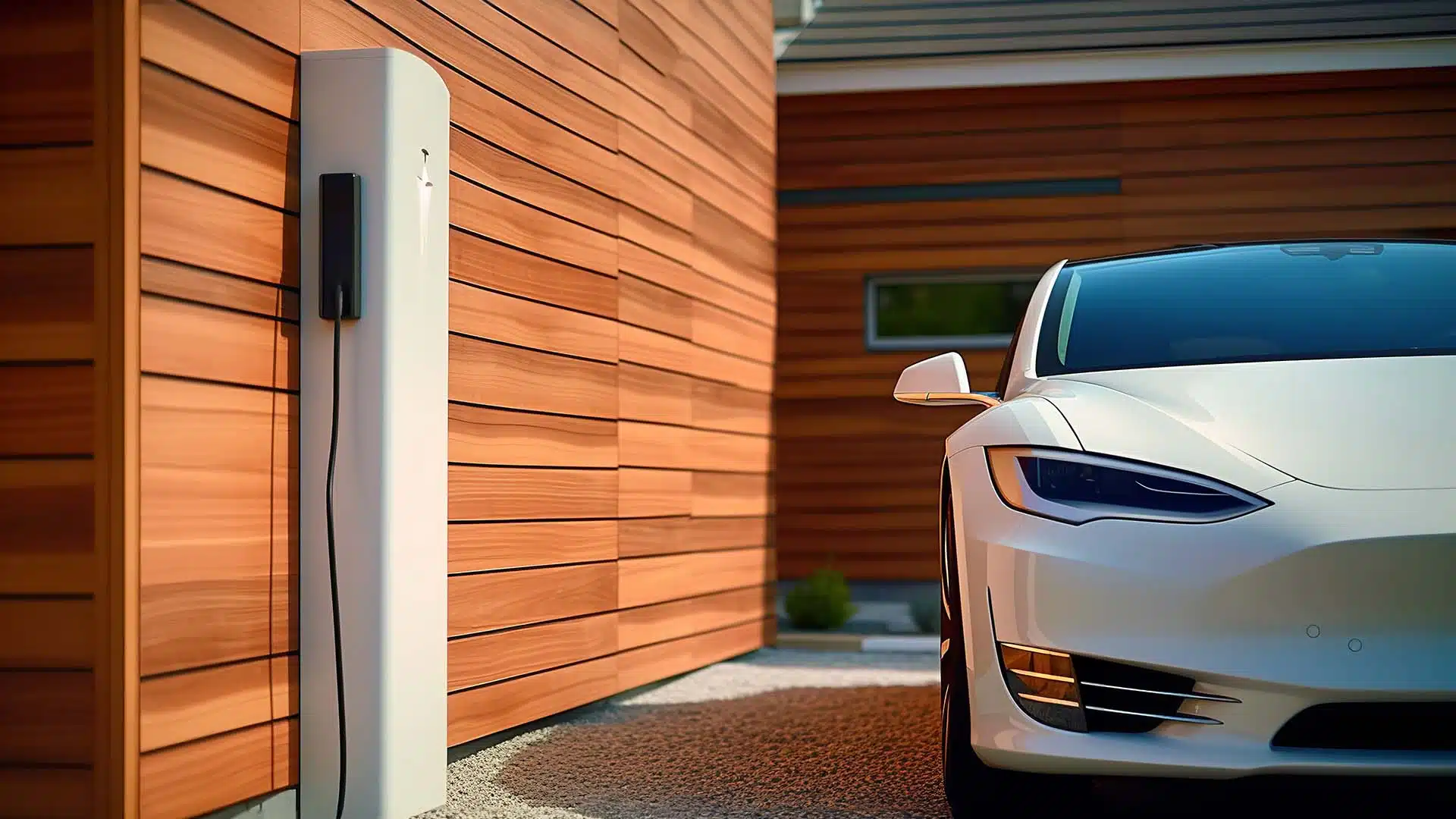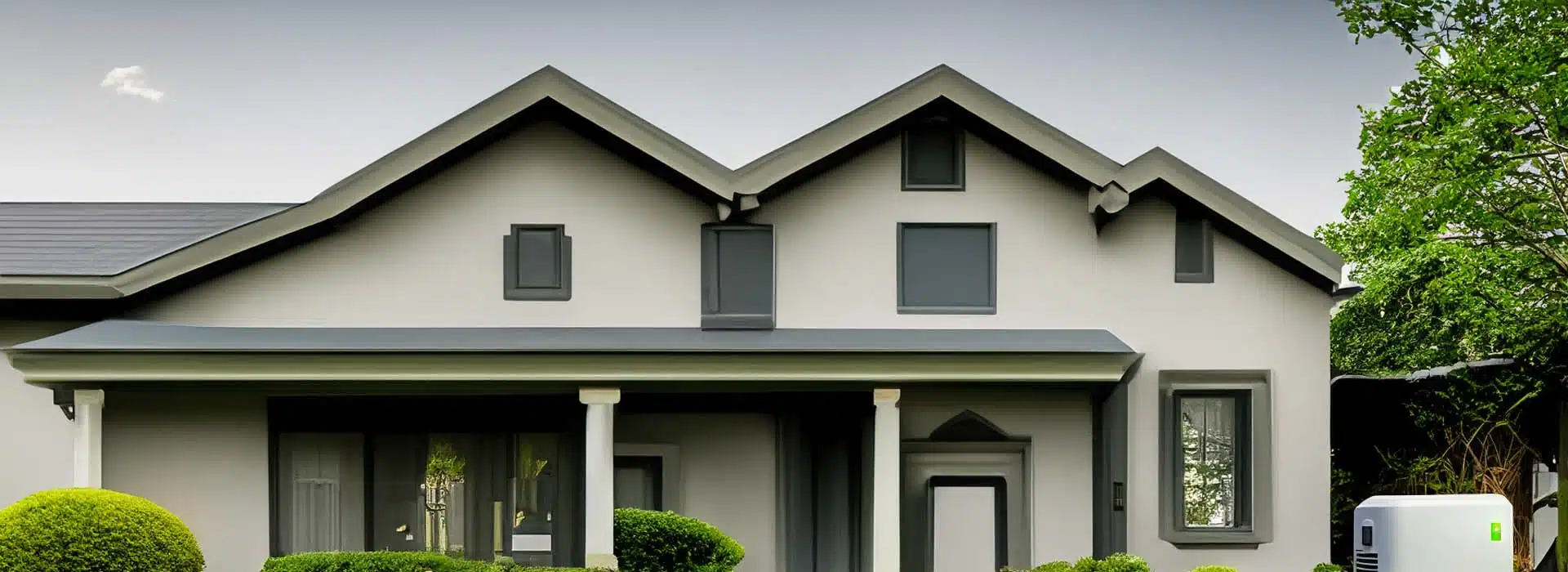SOLARFAQ's

When evaluating solar quotes, there are several key factors to consider. First, review the type and brand of inverters or microinverters being used, as these are crucial for converting the solar energy into usable electricity. Secondly, take note of the expected electricity production estimates provided in the quote, which will give you an idea of how much energy the system can generate and potentially save you on your utility bills. Additionally, consider any applicable solar incentives or rebates that you may be eligible for, as these can significantly impact the overall cost-effectiveness of the system. Lastly, don’t hesitate to reach out to the solar provider for any clarification or additional information you require to make an informed decision.
Rooftop solar systems work by harnessing the energy from the sun and converting it into usable electricity for your home or business. Solar panels, typically made of photovoltaic (PV) cells, absorb sunlight and generate direct current (DC) electricity. This DC electricity is then converted into alternating current (AC) electricity by an inverter, which can be used to power your appliances and electrical devices.
The impact on your roof warranty may vary depending on the specific terms and conditions set by the manufacturer and installer. In many cases, if the solar installation is performed correctly by a licensed professional, it should not void your roof warranty. However, it’s important to review the warranty documents for both your rooftop solar system and your roof to understand any potential impacts. Additionally, some solar providers may offer their own warranties that cover both the panels and the roof to provide added protection.
EVS Energy Service Area
We are dedicated to serving the greater Sacramento area with Expert Solar Services. Please feel free to contact us today for a free, no-obligation quote for your Solar project.
Acampo | Amador County | Antelope | Arden-arcade | Auburn | Brookside | Cal Expo | Cameron Park | Campus Commons | Carmichael | Citrus Heights | Cool | Courtland | Curtis Park | Davis | Del Paso | Diamond Springs | Dixon | East Sacramento | El Dorado | El Dorado County | El Dorado Hills | Elk Grove | Elverta | Esparto | Fair Oaks | Fairfield | Florin | Folsom | Fruitridge | Fruitridge Manor | Galt | Gold River | Greenhaven | Herald | International Airport | Ione | Isleton | Land Park | Lincoln | Lodi | Loomis | Marysville | Mather | Mcclellan | Meadow Vista | Meadowview | Midtown | Natomas | Newcastle | North Highlands | North Sacramento | Oak Park | Old Sacramento | Olivehurst | Orangevale | Parkway-south Sacramento | Placer County | Placerville | Rancho Cordova | Rancho Murieta | Rescue | Rio Linda | Rio Vista | Rocklin | Rosemont | Roseville | Sacramento-downtown | San Joaquin County | Shingle Springs | Solano County | Suisun City | Sutter County | Vacaville | Vintage Park | Walnut Grove | West Sacramento | Wheatland | Wilton | Winters | Woodbridge | Woodland | Yolo County | Yuba City | Yuba County
The average lifespan of solar panels is typically around 25 to 30 years. However, this can vary depending on factors such as the quality of the panels, the maintenance performed, and the environmental conditions where they are installed. Inverters, which are an essential component of the system, typically have a shorter lifespan of around 10 to 15 years. It’s important to choose high-quality components and work with a reputable installer to ensure the longevity of your rooftop solar system.
When installed properly, rooftop solar panels should not damage your roof. Most solar panel systems are mounted on specially designed racks that are securely attached to your roof without compromising its integrity. Additionally, professional installers take into account factors such as weight distribution, wind resistance, and proper sealing to ensure a safe and secure installation. It is recommended to work with an experienced and reputable solar provider to ensure the highest quality installation.
EV ChargingFAQ's

Yes, there are often incentives and rebates available to encourage the adoption of electric vehicles and the installation of charging stations. These incentives can vary depending on your location, but they may include federal tax credits, state rebates, utility company incentives, and grants. To find out what incentives are available to you, it is recommended to visit government websites, such as the U.S. Department of Energy’s Alternative Fuels Data Center, or consult with local electric vehicle organizations and dealers
Electric vehicles use different types of charging connectors, so it’s essential to ensure compatibility between the charging station and your vehicle. Common charging connector types include CCS (Combined Charging System), CHAdeMO, Tesla Supercharger, and J1772. Most electric vehicles come with the necessary adapter or cable, but additional adapters may be required to connect to certain charging stations. It’s important to check your vehicle’s manual or consult with an electric vehicle expert to determine the appropriate charger for your specific make and model.
EVS Energy Service Area
We are dedicated to serving the greater Sacramento area with Expert EVSE Services. Please feel free to contact us today for a free, no-obligation quote for your EVSE project.
Acampo | Amador County | Antelope | Arden-arcade | Auburn | Brookside | Cal Expo | Cameron Park | Campus Commons | Carmichael | Citrus Heights | Cool | Courtland | Curtis Park | Davis | Del Paso | Diamond Springs | Dixon | East Sacramento | El Dorado | El Dorado County | El Dorado Hills | Elk Grove | Elverta | Esparto | Fair Oaks | Fairfield | Florin | Folsom | Fruitridge | Fruitridge Manor | Galt | Gold River | Greenhaven | Herald | International Airport | Ione | Isleton | Land Park | Lincoln | Lodi | Loomis | Marysville | Mather | Mcclellan | Meadow Vista | Meadowview | Midtown | Natomas | Newcastle | North Highlands | North Sacramento | Oak Park | Old Sacramento | Olivehurst | Orangevale | Parkway-south Sacramento | Placer County | Placerville | Rancho Cordova | Rancho Murieta | Rescue | Rio Linda | Rio Vista | Rocklin | Rosemont | Roseville | Sacramento-downtown | San Joaquin County | Shingle Springs | Solano County | Suisun City | Sutter County | Vacaville | Vintage Park | Walnut Grove | West Sacramento | Wheatland | Wilton | Winters | Woodbridge | Woodland | Yolo County | Yuba City | Yuba County
Electric vehicle charging works by connecting your vehicle to a power source, typically an electric charging station or a home charging unit. There are three types of charging levels: Level 1, Level 2, and DC fast charging. Level 1 charging uses a standard outlet and provides the slowest charging speed, while Level 2 charging requires a dedicated charging unit and provides faster charging. DC fast charging, available at select public stations, is the fastest option and can provide a significant charge in a short amount of time.
The cost of charging an electric vehicle depends on various factors, including electricity rates, charging speed, and battery capacity. On average, charging an EV at home costs less than the equivalent mileage in a gasoline-powered car. Charging costs can vary, but the cost per kilowatt-hour (kWh) is typically lower than the price of gasoline per gallon. To estimate the cost, you can multiply your vehicle’s battery capacity (in kWh) by your local electricity rate per kWh. Additionally, some public charging stations charge fees based on time or kilowatt-hour usage, and these rates can vary.
Installing an electric vehicle charging station at home or at work offers several benefits. Firstly, it provides convenience as you can charge your vehicle overnight or during the day without having to rely on public charging stations. Secondly, it can result in significant cost savings on fuel since electricity is generally cheaper than gasoline or diesel. Additionally, charging at home or work reduces emissions and contributes to a cleaner environment. Lastly, having a dedicated charging station allows you to take advantage of off-peak electricity rates, further reducing charging costs.
EVS Energy uses all chargers but focuses on the to 3:
Finding electric vehicle charging stations is now easier than ever. There are several ways to locate them:
a) Charging networks: Many companies operate charging networks that offer mobile apps or websites that provide real-time information about their charging stations. Some popular charging networks include ChargePoint, EVgo, and Electrify America.
b) Smartphone apps: Numerous smartphone apps, such as PlugShare and ChargeHub, show the location of charging stations, including both public and privately-owned options. These apps often provide additional information like availability, pricing, and user reviews.
c) Navigation systems: Some vehicle navigation systems have built-in charging station locators that can help you find nearby stations while on the road.
Battery StorageFAQ's

EVS Energy Service Area
We are dedicated to serving the greater Sacramento area with Expert Battery Storage Services. Please feel free to contact us today for a free, no-obligation quote for your Home or Office Battery Storage project.
Acampo | Amador County | Antelope | Arden-arcade | Auburn | Brookside | Cal Expo | Cameron Park | Campus Commons | Carmichael | Citrus Heights | Cool | Courtland | Curtis Park | Davis | Del Paso | Diamond Springs | Dixon | East Sacramento | El Dorado | El Dorado County | El Dorado Hills | Elk Grove | Elverta | Esparto | Fair Oaks | Fairfield | Florin | Folsom | Fruitridge | Fruitridge Manor | Galt | Gold River | Greenhaven | Herald | International Airport | Ione | Isleton | Land Park | Lincoln | Lodi | Loomis | Marysville | Mather | Mcclellan | Meadow Vista | Meadowview | Midtown | Natomas | Newcastle | North Highlands | North Sacramento | Oak Park | Old Sacramento | Olivehurst | Orangevale | Parkway-south Sacramento | Placer County | Placerville | Rancho Cordova | Rancho Murieta | Rescue | Rio Linda | Rio Vista | Rocklin | Rosemont | Roseville | Sacramento-downtown | San Joaquin County | Shingle Springs | Solano County | Suisun City | Sutter County | Vacaville | Vintage Park | Walnut Grove | West Sacramento | Wheatland | Wilton | Winters | Woodbridge | Woodland | Yolo County | Yuba City | Yuba County
Yes, in certain cases, it is possible to use a home battery storage system to sell excess energy back to the grid. This process is known as energy arbitrage. During times when electricity prices are higher due to peak demand, you can discharge the stored energy from your battery system and sell it back to the grid, potentially earning credits or financial compensation. However, participation in such programs may require agreements with utility companies and adherence to specific requirements, which can vary depending on your location and the regulations in place.
The duration of power supply during an outage depends on various factors, including the capacity of the home battery storage system and the amount of energy being consumed. Typically, a fully charged home battery can power essential appliances and devices for a few hours to a few days. However, it’s important to note that the actual duration may vary based on individual usage patterns and load management strategies. To maximize the duration of power supply during extended outages, efficient energy management and prioritization of critical loads are recommended.
The cost of a home battery storage system depends on various factors, including the capacity of the battery, the brand and model chosen, installation costs, and additional equipment required for integration. On average, the cost of a home battery storage system, including installation, can range from several thousand dollars to tens of thousands of dollars. It’s worth noting that there may be financial incentives available, such as tax credits or rebates, which can help offset the initial investment. Additionally, the long-term savings on electricity bills and potential revenue from selling excess energy back to the grid can contribute to the overall cost-effectiveness of the system.
Determining the suitability of your home for a battery storage system involves considering several factors. These include available space for the battery unit, compatibility with your existing electrical system, whether you have rooftop solar panels (if intending to integrate with them), and any local regulations or permits that need to be considered. It is recommended to consult with a professional installer or a reputable company specializing in home battery storage systems to assess the feasibility and specific requirements for your home.
Installing a home battery storage system offers several benefits. Firstly, it provides increased energy independence by allowing you to rely less on the grid and draw more from your own stored energy. Secondly, during power outages, the battery system can provide backup power, ensuring essential appliances and devices continue to function. Additionally, by optimizing energy usage, you can save money on your electricity bills by avoiding high demand charges and taking advantage of lower-priced electricity. Home battery storage also helps reduce dependence on fossil fuels, contributing to a cleaner environment.
Home battery storage is a system that allows you to store energy generated from renewable sources, such as solar panels or wind turbines, for later use. It works by capturing excess energy produced during times of high generation and storing it in a battery system, usually composed of lithium-ion batteries. When energy demand exceeds supply or during power outages, the stored energy can be utilized to power your home. Home battery storage systems are typically integrated with inverters, which convert the stored DC (direct current) energy into AC (alternating current) electricity for household use.
GeneratorFAQ's

EVS Energy Service Area
We are dedicated to serving the greater Sacramento area with Expert Generator Services. Please feel free to contact us today for a free, no-obligation quote for your home or office generator.
Acampo | Amador County | Antelope | Arden-arcade | Auburn | Brookside | Cal Expo | Cameron Park | Campus Commons | Carmichael | Citrus Heights | Cool | Courtland | Curtis Park | Davis | Del Paso | Diamond Springs | Dixon | East Sacramento | El Dorado | El Dorado County | El Dorado Hills | Elk Grove | Elverta | Esparto | Fair Oaks | Fairfield | Florin | Folsom | Fruitridge | Fruitridge Manor | Galt | Gold River | Greenhaven | Herald | International Airport | Ione | Isleton | Land Park | Lincoln | Lodi | Loomis | Marysville | Mather | Mcclellan | Meadow Vista | Meadowview | Midtown | Natomas | Newcastle | North Highlands | North Sacramento | Oak Park | Old Sacramento | Olivehurst | Orangevale | Parkway-south Sacramento | Placer County | Placerville | Rancho Cordova | Rancho Murieta | Rescue | Rio Linda | Rio Vista | Rocklin | Rosemont | Roseville | Sacramento-downtown | San Joaquin County | Shingle Springs | Solano County | Suisun City | Sutter County | Vacaville | Vintage Park | Walnut Grove | West Sacramento | Wheatland | Wilton | Winters | Woodbridge | Woodland | Yolo County | Yuba City | Yuba County
The runtime of a home generator depends on various factors, such as the generator’s fuel capacity, load demand, and the type of fuel being used. Generators typically range in runtime from several hours to multiple days. It’s important to consider your expected power needs during an outage and select a generator with a runtime that aligns with those requirements. Additionally, some generators offer the option to connect to external fuel sources for extended runtime.
While some portable generators can be self-installed with proper knowledge and precautions, it is highly recommended to have a professional handle the installation of a home standby generator system. Professional installation ensures that the generator is correctly connected to your electrical system and complies with local building codes and safety regulations. It may involve tasks such as site assessment, electrical panel upgrades, generator placement, wiring, and configuring an automatic transfer switch. A professional installer will ensure a seamless and safe integration of the generator into your home’s electrical infrastructure.
Home generators are commonly fueled by natural gas, propane, or diesel. The choice of fuel depends on factors such as availability, convenience, and personal preference. Natural gas is often preferred for its low emissions and continuous supply from utility lines. Propane offers portability and versatility since it can be stored in large tanks on-site. Diesel is commonly used in commercial settings and provides high power output. Ultimately, the fuel option should be chosen based on your specific needs and circumstances.
EVS Energy uses Generac Generators to power your home during an outage.
A home generator is a backup power system designed to provide electricity during power outages. It consists of an engine that runs on a fuel source, such as natural gas, propane, or diesel, which drives an alternator to produce electrical power. When a power outage occurs, the generator automatically detects the loss of utility power and starts up, supplying electricity to your home through a transfer switch.
Choosing the right-sized generator depends on several factors, including the square footage of your home, the electrical load you want to support, and any specific appliances or systems you want to prioritize during an outage. It’s recommended to consult with a qualified electrician or generator specialist who can assess your specific needs and help you select the appropriate generator size to ensure optimal performance and cost-effectiveness.
Installing a home generator offers several benefits. First and foremost, it provides peace of mind by ensuring that you have a reliable source of power during blackouts or other emergencies. This means you can keep essential appliances and systems running, such as lights, refrigerators, heating or cooling systems, medical equipment, and security systems. A home generator also helps prevent food spoilage, protects electronic devices from damage caused by power surges, and maintains a comfortable living environment.
